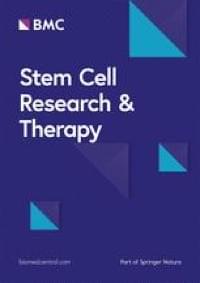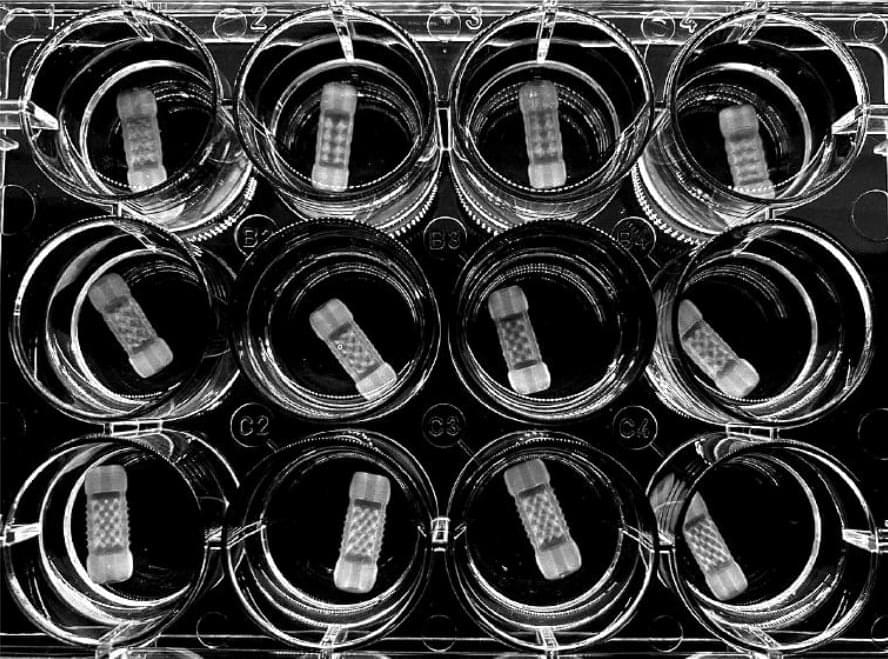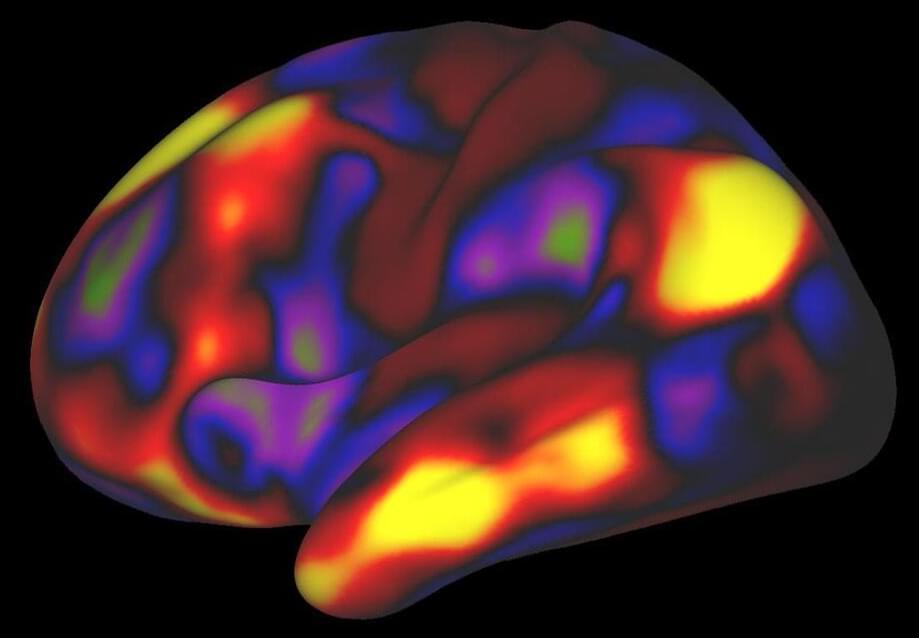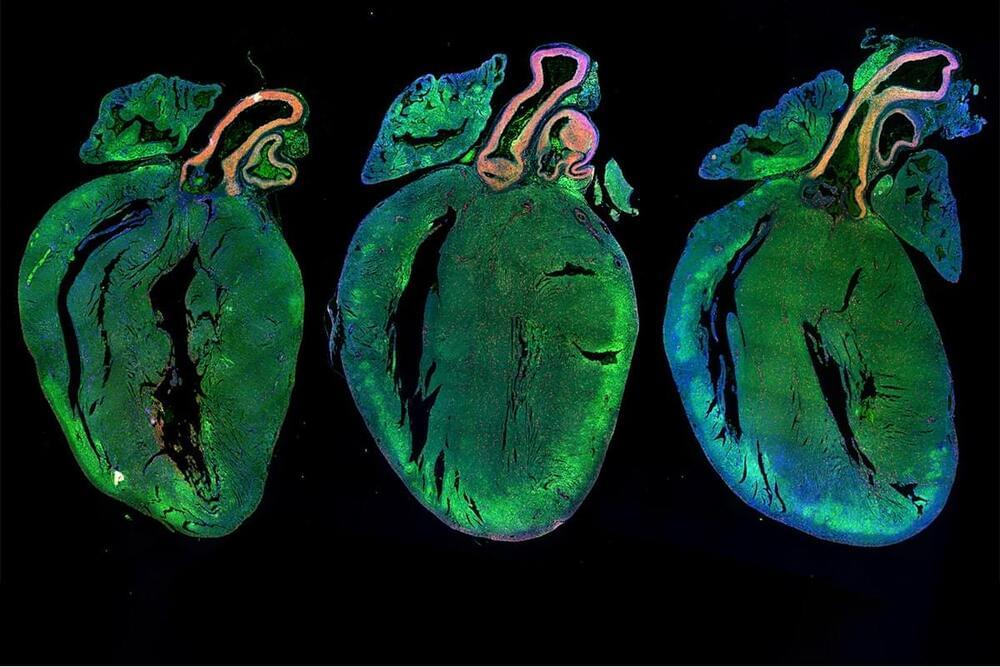In this video Bill Andrews summarizes in 19 minutes his extensive research on telomeres, aging, and his proposal to cure aging. Bill Andrews is an American molecular biologist and gerontologist, founder and CEO of the biotech company Sierra Sciences.
Bill Andrews summarizes in 19 minutes his extensive and prolific research on telomeres, aging, and the cure for aging.
The video, originally released by Bill Andrews in february 2022, among other things, covers in little less than 20 minutes the following:
1) Enlightening info about telomere shortening and its impact on aging.
2) Practical proposals to cure aging based on two different approaches to stop telomere shortening and actually enlarge them.




